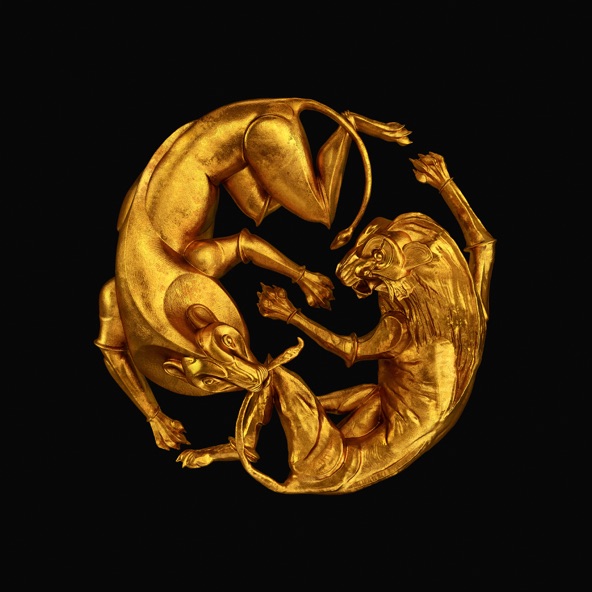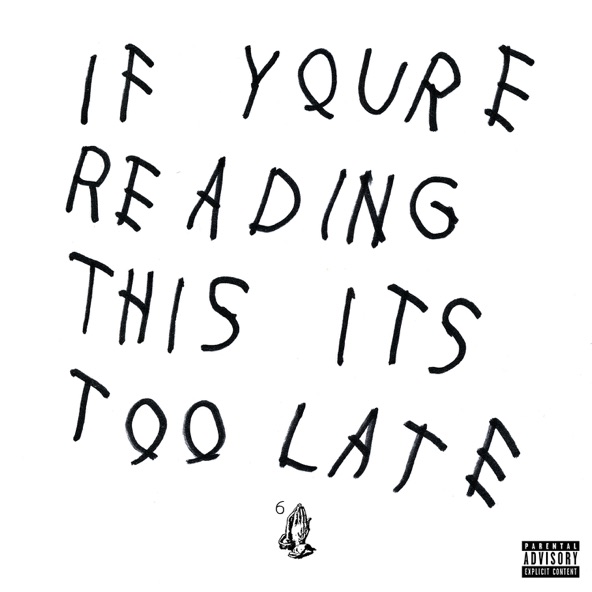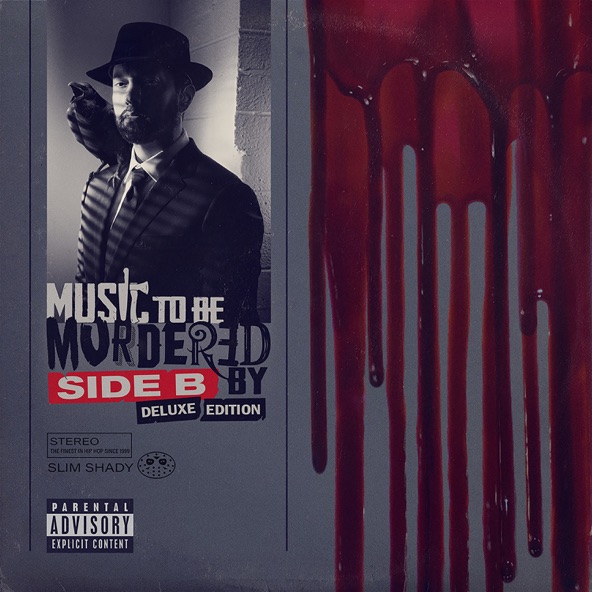What’s the Meaning Behind Queen’s Epic “Bohemian Rhapsody”?
Introducing the Band - Queen
Queen, the legendary British rock band, has etched its name into music history with their unique style and groundbreaking sound. Fronted by the incomparable Freddie Mercury, Queen was formed in 1970, and over the years, they released several chart-topping albums that fused rock, opera, and progressive sounds. One of their most celebrated hits, “Bohemian Rhapsody,” became an instant classic. Released in 1975 as part of their album A Night at the Opera, the song is a genre-defying masterpiece that remains iconic decades later. It’s a six-minute epic journey that oscillates between rock ballad, opera, and hard rock, leaving listeners awestruck.

- Queen Bohemian Rhapsody music video screenshot
The Puzzle of the Lyrics: Breaking Down the Meaning
“Bohemian Rhapsody” begins with soft, somber piano chords that lay the foundation for a deeply introspective narrative. The first verse paints a vivid image of inner turmoil: “Is this the real life? Is this just fantasy?” These lines can be interpreted as a moment of existential reflection, questioning reality itself. Freddie Mercury, who wrote the song, always remained elusive about the true meaning of the lyrics, sparking endless interpretations.
As the verse unfolds, we’re introduced to the character of a man confessing a tragic mistake: “Mama, just killed a man.” The song takes on an air of guilt and remorse, leading many to believe it’s about the narrator facing the consequences of his actions. However, there’s a deeper metaphorical layer here, as some argue that the "killing" could symbolize ending a part of himself or dealing with personal demons, such as Mercury’s struggle with his identity and societal expectations.
The opera section of the song, starting with “I see a little silhouetto of a man,” is where things take a theatrical turn. The flurry of seemingly nonsensical phrases like “Scaramouche,” “Fandango,” and “Galileo” leaves listeners wondering if these are merely playful, whimsical words or if they hold hidden meanings. One interpretation is that these phrases represent the narrator’s internal conflict, with different voices and emotions vying for control.

- Queen Bohemian Rhapsody music video screenshot
The Shift to Hard Rock: A Climactic Escape
As the opera fades, the song abruptly shifts gears into a powerful, hard-rock section where the narrator defiantly declares: “So you think you can stone me and spit in my eye?” This part of “Bohemian Rhapsody” is full of rebellion and energy, as if the character is breaking free from the emotional weight that held him down earlier. It’s a moment of catharsis, where he fights back against the forces that tried to crush him.
This section reflects the themes of liberation and empowerment, which could be tied to Mercury’s own life journey, as he embraced his true identity in a time when societal pressures weighed heavily. The song’s abrupt tonal changes mirror the unpredictability of life’s twists and turns.
The Finale: A Return to the Beginning
After the explosive rock segment, the song quiets down, and the final verse offers a sense of resignation: “Nothing really matters, anyone can see.” It circles back to the introspective tone from the beginning, suggesting that after the emotional rollercoaster, the narrator has come to terms with his fate. It’s a bittersweet ending, leaving the audience with a sense of both peace and melancholy. Mercury’s vocals, drenched in emotion, convey a depth of feeling that words alone can’t capture.
The Legacy of “Bohemian Rhapsody”
Released on October 31, 1975, “Bohemian Rhapsody” quickly climbed the charts, reaching No. 1 in the UK and becoming a global sensation. Its music video was also groundbreaking, setting the stage for the MTV generation that would emerge a decade later. Despite its unconventional structure and six-minute runtime, the song defied the typical radio format, proving that music didn’t need to adhere to conventional norms to become a hit.
For decades, fans and critics alike have dissected the song’s meaning, with theories ranging from Mercury’s grappling with his sexuality to a deeper narrative about life, death, and fate. While the true meaning remains ambiguous, the beauty of “Bohemian Rhapsody” lies in its ability to evoke different interpretations, allowing each listener to find their own meaning within its layers.

.jpg?p=17307947295242273)








